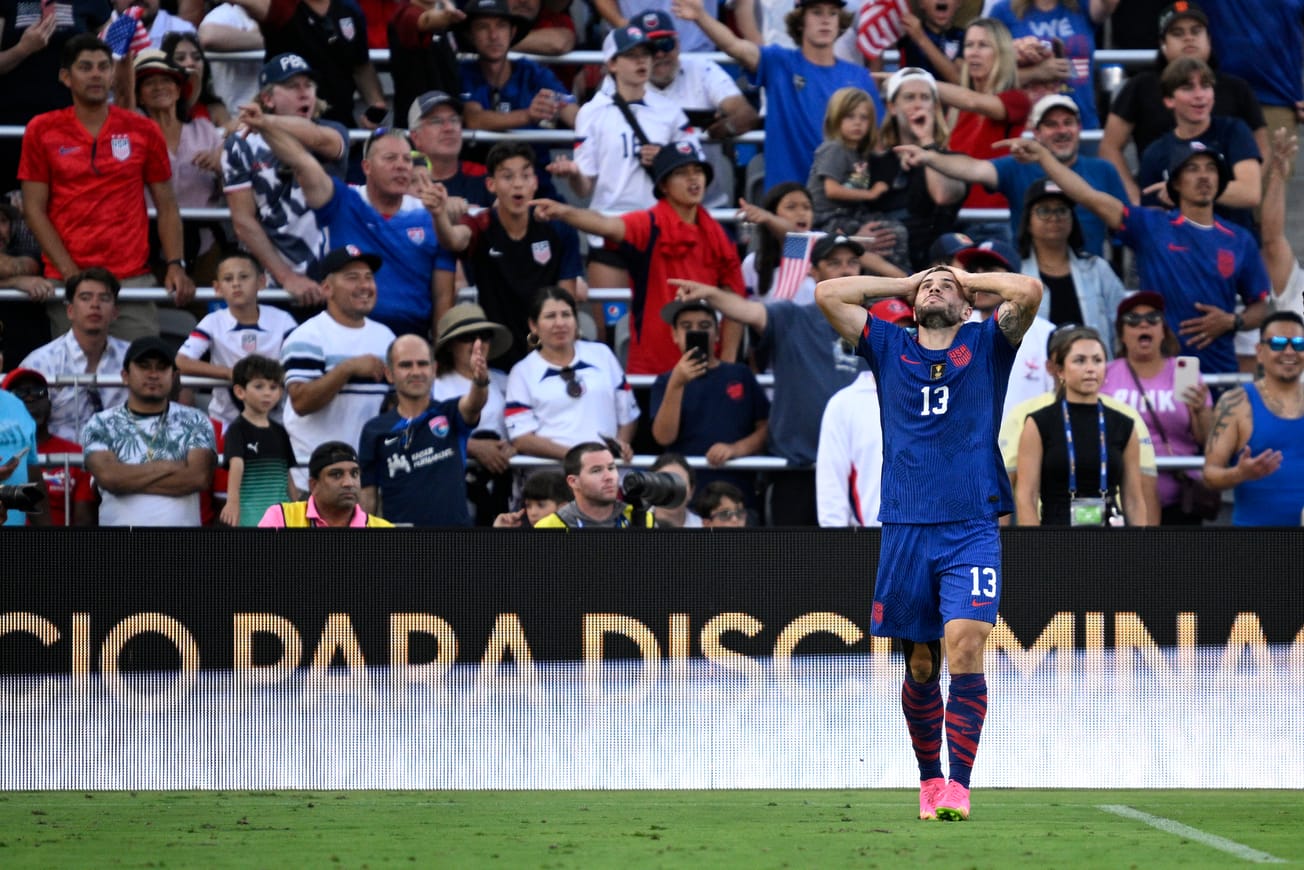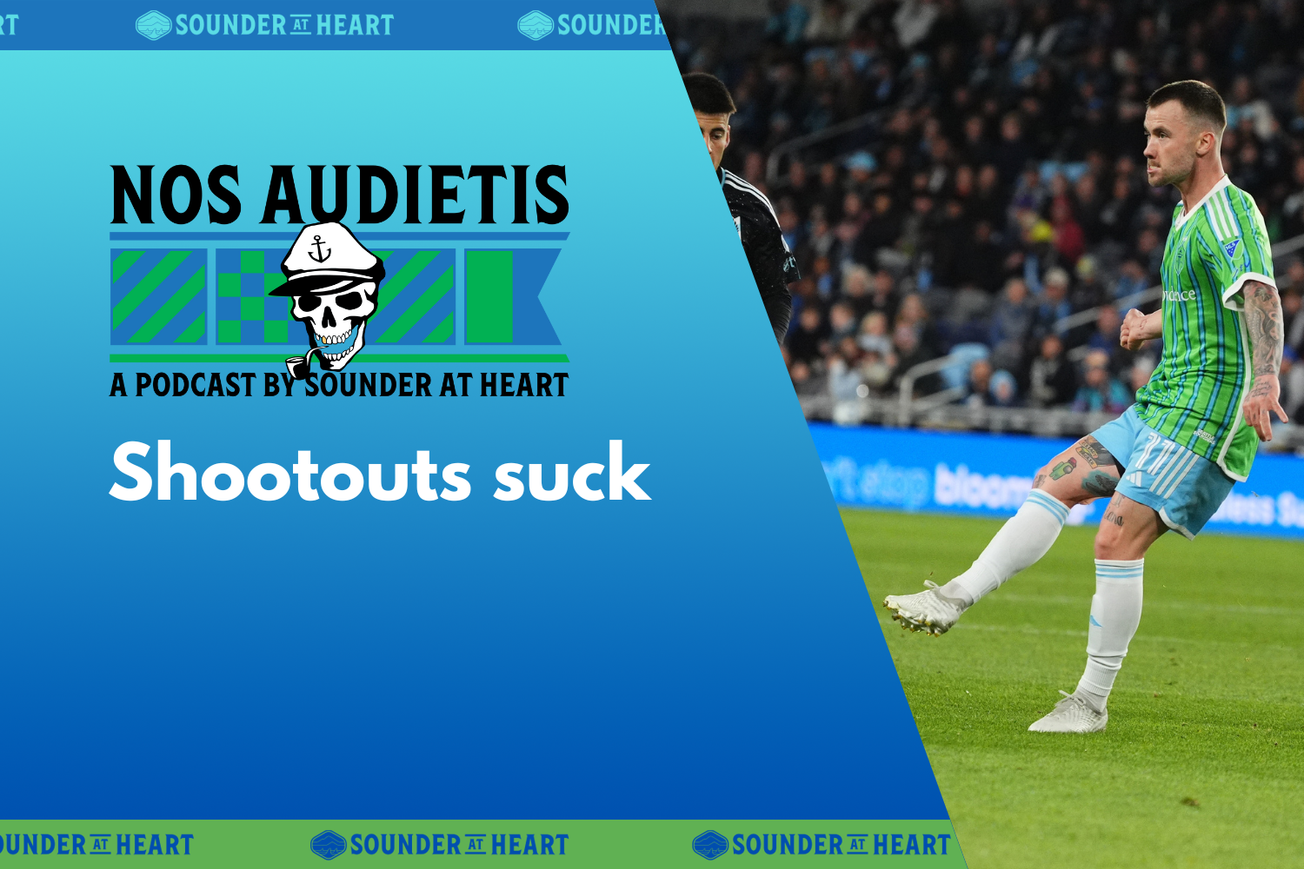The list of players called into the United States men’s national team January camp was released on Monday. With the exception of Jesus Ferreira, who was still technically an FC Dallas player, no one from the Seattle Sounders was brought to the roughly two-week camp that will include two friendlies.
That’s a bit of a rarity. Last year, Jackson Ragen and Josh Atencio were called in while Jordan Morris and Cristian Roldan have both been regulars in the past. Stefan Frei was even called in once – before he was even eligible to play.
It’s not as if the current Sounders roster lacks good candidates, either. At the end of the season, Sounders GM Craig Waibel indicated he expected Ragen to get his first real look from national team coaches after he was sent home early with an injury last year.
Ragen is 26 and coming off a season in which he was named a Defender of the Year finalist. Statistically he’s been the best passing centerback in MLS since 2022, a characteristic that seems particularly useful at the international level.
Looking at the roster, it’s even more mystifying why he was left off. The other centerbacks going to camp are CF Montreal’s George Campbell and Jalen Neal; and veterans Walker Zimmerman, Miles Robinson and Tim Ream. Of those five, only Robinson seems particularly likely to get serious consideration for the 2026 World Cup squad.
More broadly, there are plenty of other strange decisions. Ferreira is the only forward with multiple USMNT caps and Brian White is the only other forward who even has one. Most oddly, the forward group includes Matko Miljevic, who is currently unattached after getting cut by Newell’s Old Boys and was previously banned for life by a Quebec amateur soccer league for playing under an assumed name and allegedly punching an opponent while he was under contract at CF Montreal.
It’s a similar story elsewhere on the roster. None of the four midfielders have more than one cap and Zack Steffen – who was statistically one of the worst goalkeepers in MLS last season – is the only goalkeeper with more than two caps.
While the so-called “Camp Cupcake” is never anything like a first-choice group, I’m not sure it’s ever been quite this inexperienced and, frankly, unaccomplished.
My very strong suspicion is that the Sounders and other clubs basically told U.S. Soccer that they didn’t want to risk players picking up injuries and missing the start of their own preseason for what is really a relic of a bygone era in MLS.
At the very least, I suspect they were only willing to let them stay as long as the first game and not the entire time, which strikes me as a perfectly reasonable compromise if the point of this camp is to allow new head coach Mauricio Pochettino to better acquaint himself with some of the more promising domestic talents. If that was really the compromise offered, it’s a little silly that U.S. Soccer would reject it. Since it’s outside of a FIFA window, clubs are under no obligation to release their players and U.S. Soccer should be happy to work with teams rather than effectively punishing players, who might appreciate the opportunity, and clubs shouldn’t be put in the position of losing important players for significant portions of their preseason.
When this camp was first conceived in 1997, the idea was that it would bridge the gap in what was then a very long MLS offseason. In 2007, for instance, the MLS season didn’t start until early April and MLS Cup was played before Thanksgiving. Even as recently as 2012, the season didn’t start until mid-March and was concluded by Dec. 1.
But that’s no longer the case, especially for teams like the Sounders who are coming off a long playoff run and gearing up for an early start to the season when they play in Concacaf Champions Cup on Feb. 19. The Sounders only had six weeks between the end of their season and the day they’re supposed to report to training camp on Jan. 11. They’ll only have about 10 weeks between competitive matches, nearly three months less than their predecessors.
As far as I know, no other international federation insists on having a two-week training camp outside of a FIFA window. They certainly aren’t doing ones in countries with top-10 domestic leagues and surely aren’t asking those clubs to release players from their own preseason training camps. All of this just so the USMNT can host games against opponents who have hastily assembled teams just for the payday.
If U.S. Soccer is going to insist on having a January camp at all, they should do so with a few guidelines. One is that they should conclude camp before the start of the MLS preseason. They should also overtly restrict the camp to U23 or otherwise uncapped players from clubs whose seasons were finished before the start of November. This could also force U.S. Soccer to expand its gaze beyond MLS and look at promising players based in other North American leagues like the USL Championship or those without a current club.
What they shouldn’t be doing is running around to sympathetic media outlets claiming they want to work more closely with MLS teams and then put those teams in positions to potentially deny call-ups, as seems to have happened here. If U.S. Soccer really wants to be a partner, dramatically changing the scope of this camp would be a good place to start.










